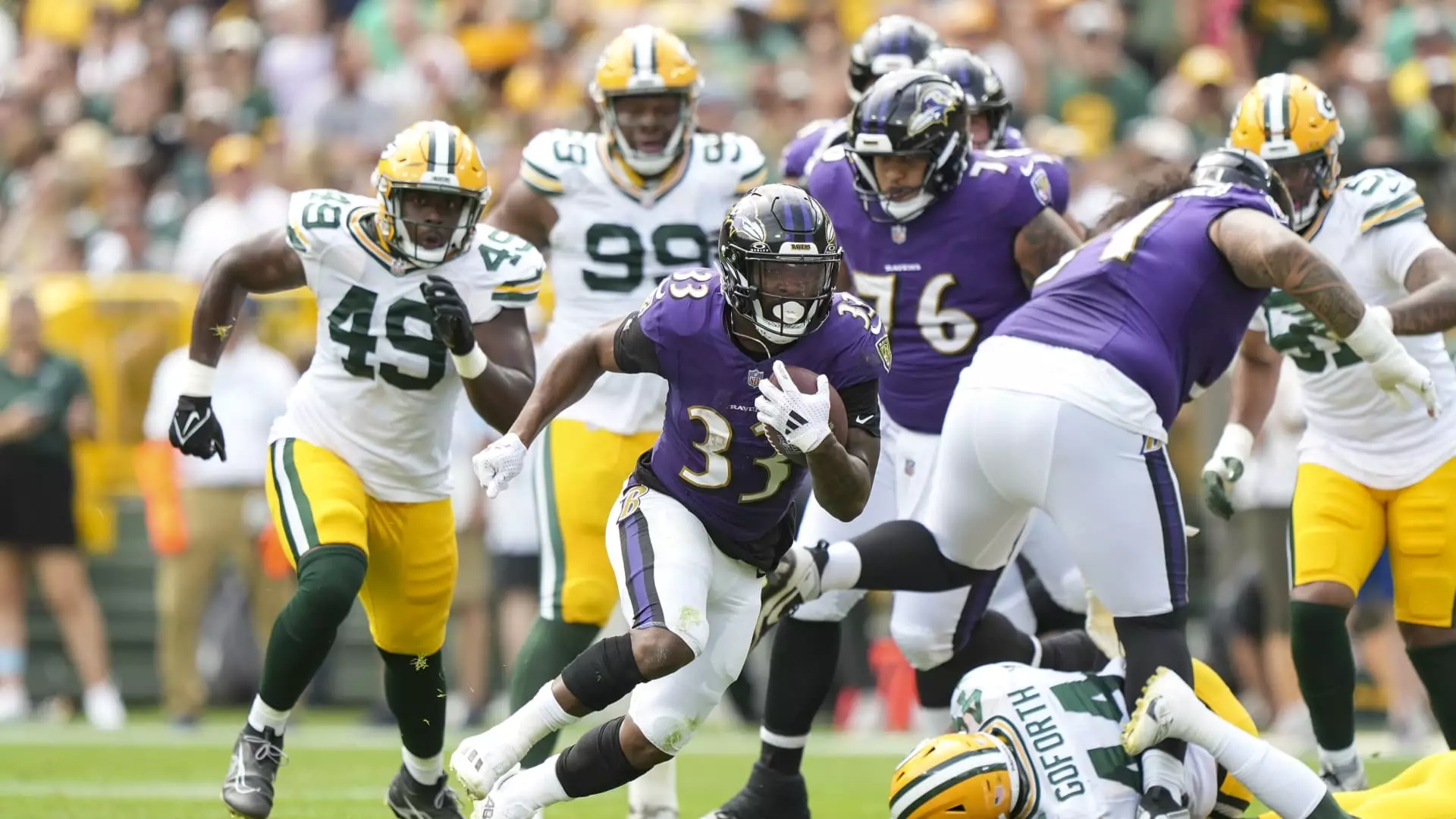The National Football League (NFL) has been making significant strides in its approach to media distribution and audience engagement through the implementation of exclusive streaming deals with various media companies. The decision to incorporate streaming into the league’s media rights deal worth $111 billion signed in 2021 marked a pivotal moment in its efforts to expand its audience both in the U.S. and globally. With platforms like Amazon Prime Video, Google’s YouTube TV, Comcast’s NBCUniversal, Peacock, and Netflix all securing exclusive rights to stream NFL games, the league is broadening its reach and appealing to a more diverse set of viewers.
The NFL’s embrace of streaming can be traced back to a meeting with Apple’s Steve Jobs over 15 years ago, where the vision of live games on mobile phones was first conceptualized. This forward-thinking approach laid the groundwork for the league’s current focus on streaming as a key component of its media distribution strategy. The successful streaming of the Wild Card game exclusively on Peacock earlier this year, with a record-breaking 27.6 million viewers, exemplifies the impact of this shift towards digital platforms. The recent debut of the NFL’s first-ever game in Brazil exclusively on Peacock further demonstrates the league’s commitment to exploring new territories and engaging with global audiences.
While the NFL’s expansion into streaming has been met with great success, the league continues to maintain a presence in traditional TV broadcasting. Despite the growing popularity of streaming services, traditional TV remains a dominant force in the realm of live sports broadcasts. The NFL’s dual strategy of catering to both traditional TV viewers and streaming audiences reflects its adaptability and willingness to meet viewers where they are. By striking a balance between these two mediums, the league aims to grow its fanbase and align with consumer preferences that are increasingly gravitating towards digital platforms.
In addition to its foray into streaming, the NFL is also expanding its reach beyond the U.S. borders by playing games overseas and securing global streaming deals. The recent partnership with Netflix to stream NFL games for the next three years marks a significant step towards reaching a truly global audience. With the expectation that the global viewership of NFL games on Netflix will rival domestic viewership numbers, the league is positioning itself as a prominent player in the international sports market. This move towards a more global footprint aligns with the NFL’s broader strategy of increasing its presence on a worldwide scale.
The NFL’s evolution of its streaming strategy reflects a forward-thinking and adaptable approach to media distribution. By embracing digital platforms, expanding into new territories, and balancing traditional TV with streaming services, the league is paving the way for greater audience engagement and global growth. As the landscape of media consumption continues to evolve, the NFL’s willingness to innovate and experiment with new technologies positions it as a leader in the ever-changing world of sports entertainment.

